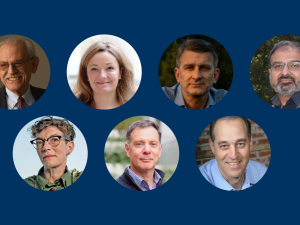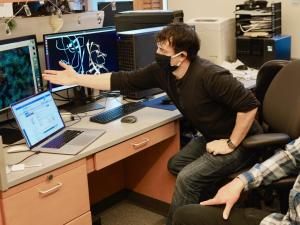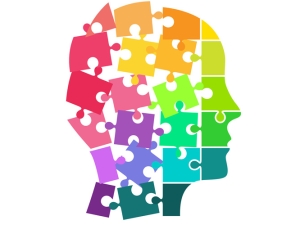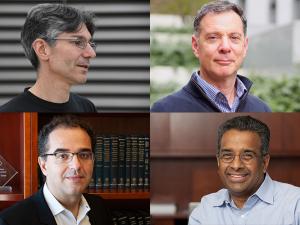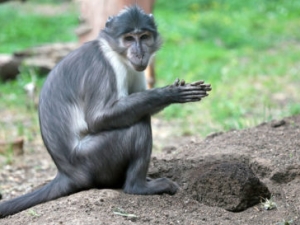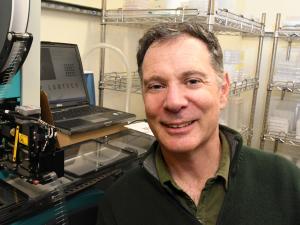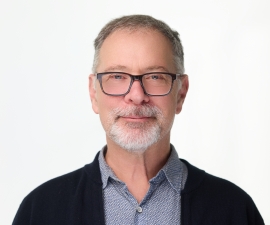

Research Bio
The interplay between proteins and membrane lipids is central to almost every aspect of cell biology. This laboratory is interested in fundamental questions of how the interactions between proteins and membranes determine cell and organelle shape , how protein-membrane interactions turn on and off the signals that control essential cell processes, and how this information can be used to intervene therapeutically in neurodegenerative disease and viral infection. The lab currently focuses on (1) basic mechanisms of autophagy, (2) mitophagy and its role in Parkinson's disease, (3) lysosome biogenesis, damage, and repair in cancer and Alzheimer's disease, and (4) hijacking of membrane traffic by HIV. The major approaches used in the lab are cryoelectron microscopy (cryo-EM), cryoelectron tomography (cryo-ET), in vitro reconstitution, and mechanistic cell biology.
Research Expertise and Interest
Structural Biology, reconstitution, membrane biology, autophagy, HIV, x-ray crystallography, cryo-electron microscopy


